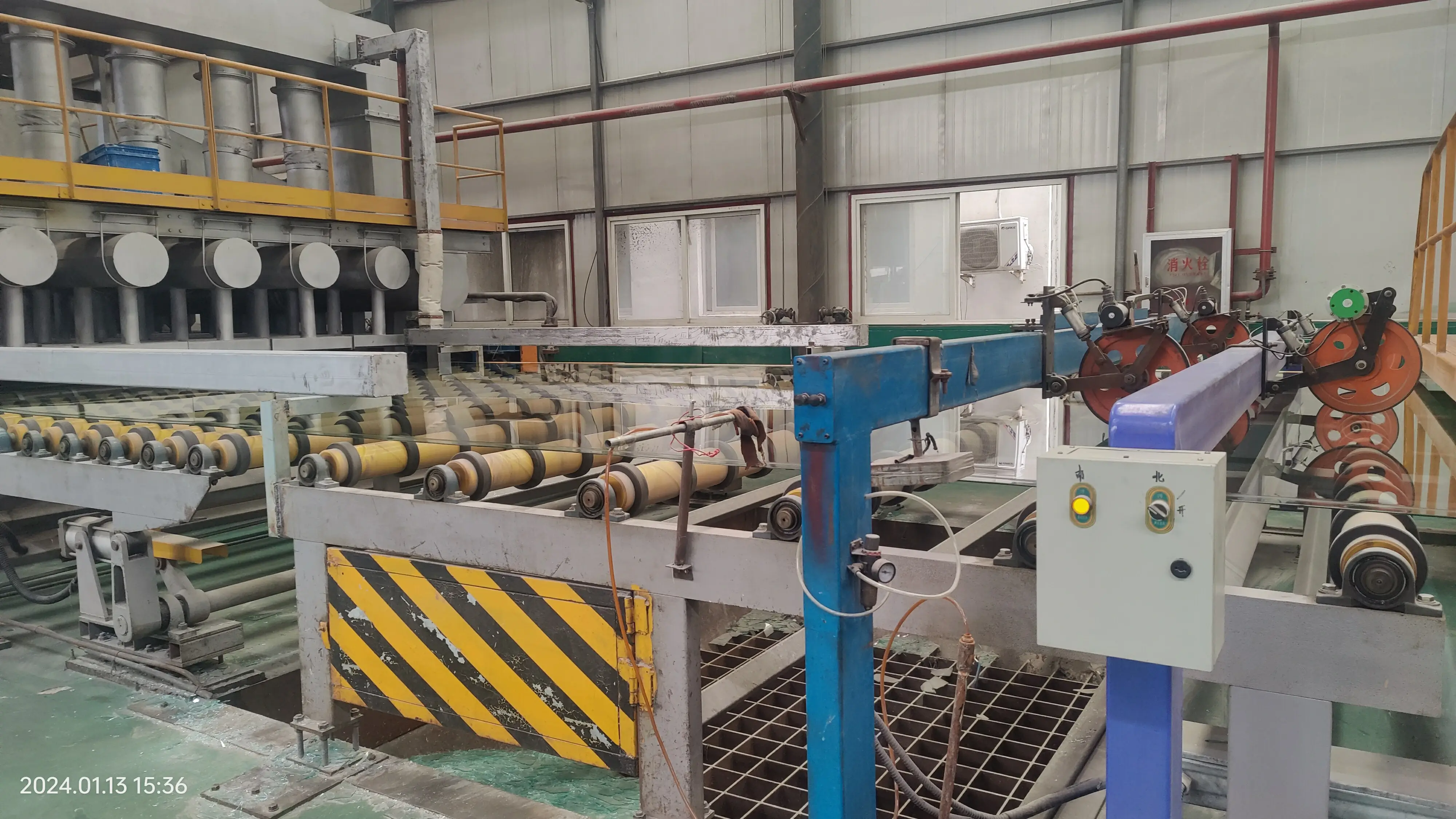

The Versatility of 8mm Float Glass in Modern Architecture and Design
Float glass, recognized for its clarity and smooth finish, plays an indispensable role in the architecture and design sectors. Particularly, 8mm float glass stands out due to its ideal thickness, balancing strength and aesthetic appeal. This thickness makes it suitable for various applications, from residential windows to commercial facades and intricate interior designs.
Understanding Float Glass
The term float glass refers to a manufacturing process where molten glass is floated on molten tin to create a smooth, flat surface. This method ensures that the glass has high uniformity and fewer optical distortions than other types of glass. Since its invention in the mid-20th century, float glass has become a preferred choice for both functional and decorative applications across different industries.
The Advantages of 8mm Float Glass
One of the primary advantages of 8mm float glass is its strength. The thickness provides enhanced durability, making it appropriate for environments where impact resistance is a concern. For instance, in commercial buildings, using 8mm float glass for window panes can help withstand extreme weather conditions and potential vandalism, ensuring longevity and safety.
Moreover, the clarity of float glass allows for optimal natural light penetration, which is crucial in creating bright and inviting spaces. The enhanced aesthetic qualities of 8mm float glass can elevate the design of any space, providing a modern and sophisticated look. It can be used in a variety of settings, from sleek office buildings that require expansive glass facades to luxurious homes that focus on creating an open and airy feel.
Applications in Architecture

In modern architecture, 8mm float glass is highly valued for its versatility. It is often used in windows, doors, and facades, creating a seamless integration between the indoor and outdoor environments. Architects appreciate its ability to create expansive openings that invite natural light, making spaces feel larger and more comfortable.
Furthermore, 8mm float glass can also be utilized in structural applications, such as glass balustrades and staircases. The strength of the glass ensures safety while maintaining a minimalist aesthetic that is favored in contemporary design. This trend has led to the rise in popularity of glass elevators and walkways in public buildings, where the focus is on both functionality and visual appeal.
Interior Design Applications
Beyond exterior applications, 8mm float glass also has a place in interior design. It can be used in an array of decorative elements, such as glass partition walls, tabletops, and mirrors. The reflective quality of float glass adds a sense of depth and openness to interior spaces, while its smooth surface is easy to clean and maintain.
The versatility of 8mm float glass allows it to be coated or treated for added properties, such as increased thermal insulation or UV protection, making it suitable for various design requirements. This adaptability makes it a favorite among interior designers looking to create innovative and functional spaces.
Conclusion
In conclusion, 8mm float glass is more than just a building material; it is a versatile element that enhances both architectural and interior designs. Its combination of strength, aesthetic appeal, and functional versatility makes it an essential choice for modern construction projects. As trends continue to evolve in architecture and design, the use of float glass will undoubtedly remain a cornerstone, providing beauty and durability for years to come.